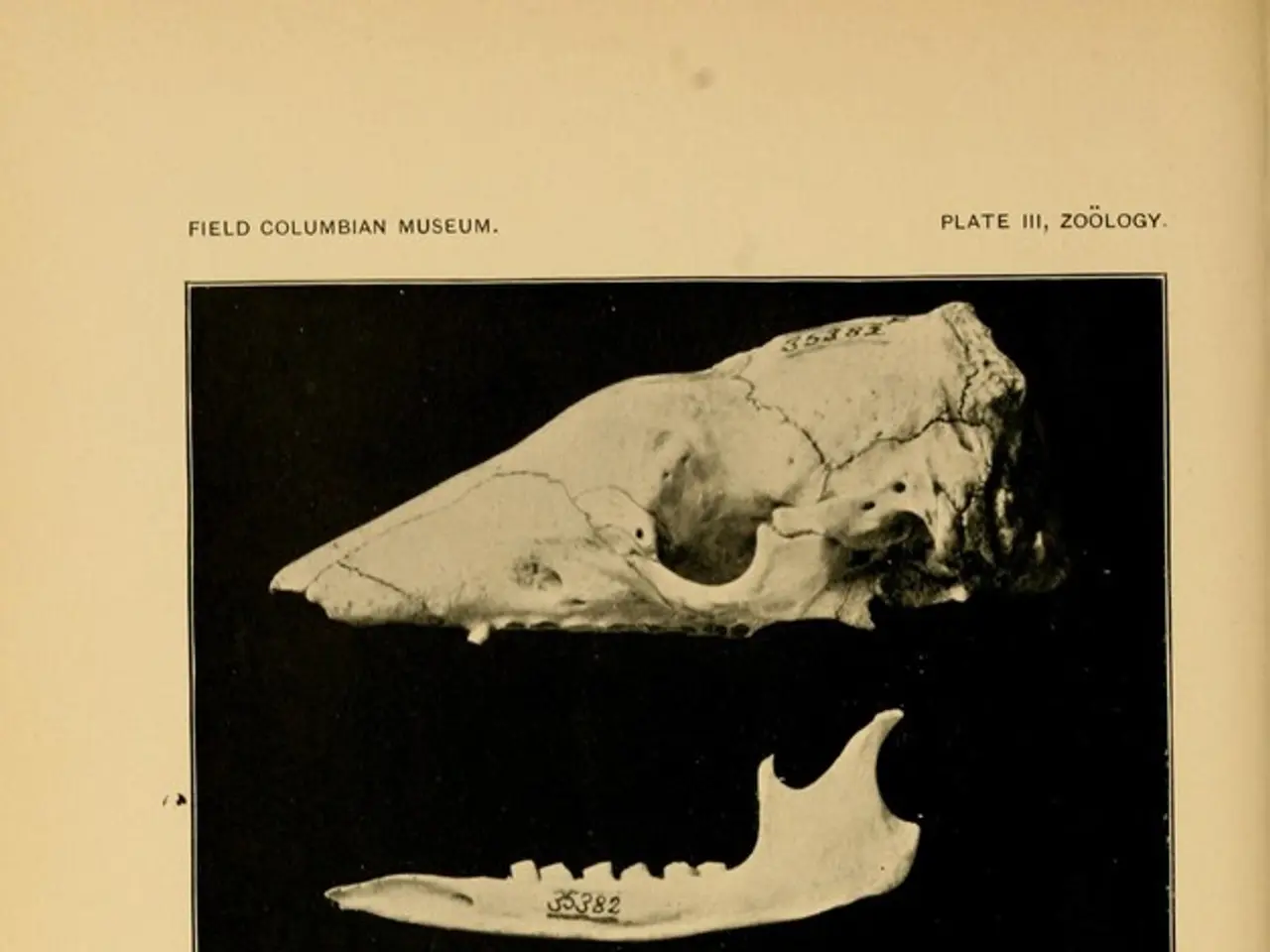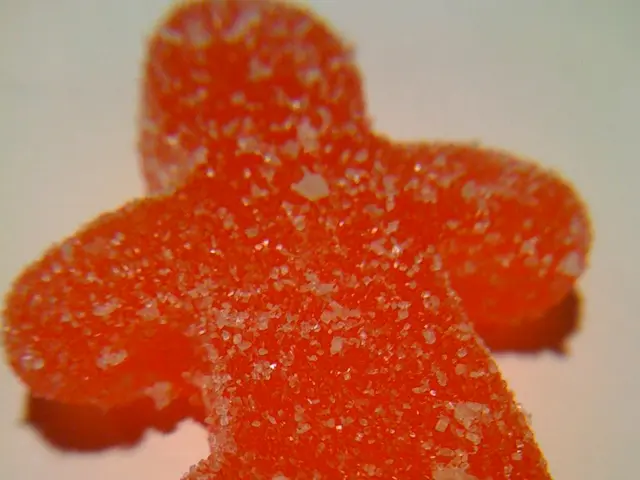Pronator Teres Syndrome: Causes and Anatomy of Wrist Pain
Pronator teres syndrome, a neurogenic wrist condition, has been recognised since 1951. It occurs when the pronator teres muscle overactivates, leading to median nerve entrapment and pain.
The pronator teres muscle, located on the palmar side of the forearm, has two heads: humeral and ulnar. The humeral head connects to the humerus, while the ulnar head originates below the elbow on the ulna. These heads meet, cross the forearm diagonally, and insert into the radius, aiding in palm-down forearm rotation (pronation).
The muscle is innervated by the median nerve. Repetitive throwing or screwdriver turning can cause pronator teres syndrome, leading to overactivity and median nerve entrapment. This results in wrist pain, attributed to neurogenic causes.
Pronator teres syndrome, first described in 1951, is a condition caused by overactivity of the pronator teres muscle. This leads to median nerve entrapment and wrist pain, often triggered by repetitive actions. Understanding its causes and anatomy is crucial for effective diagnosis and treatment.







